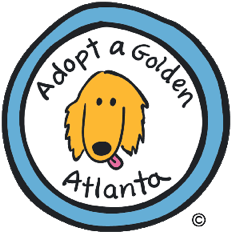Need Help?
If you have adopted from us and are faced with a behavioral issue that you are unsure of how to handle, or you want additional training for your dog, please send us an email at training@adoptagoldenatlanta.com or give us a call at 404-364-5377. Or, you can go to our Partner Links and click on our recommended trainers. Our relationship with you does not end when you adopt from us, we are here to support you with advice and direction.





